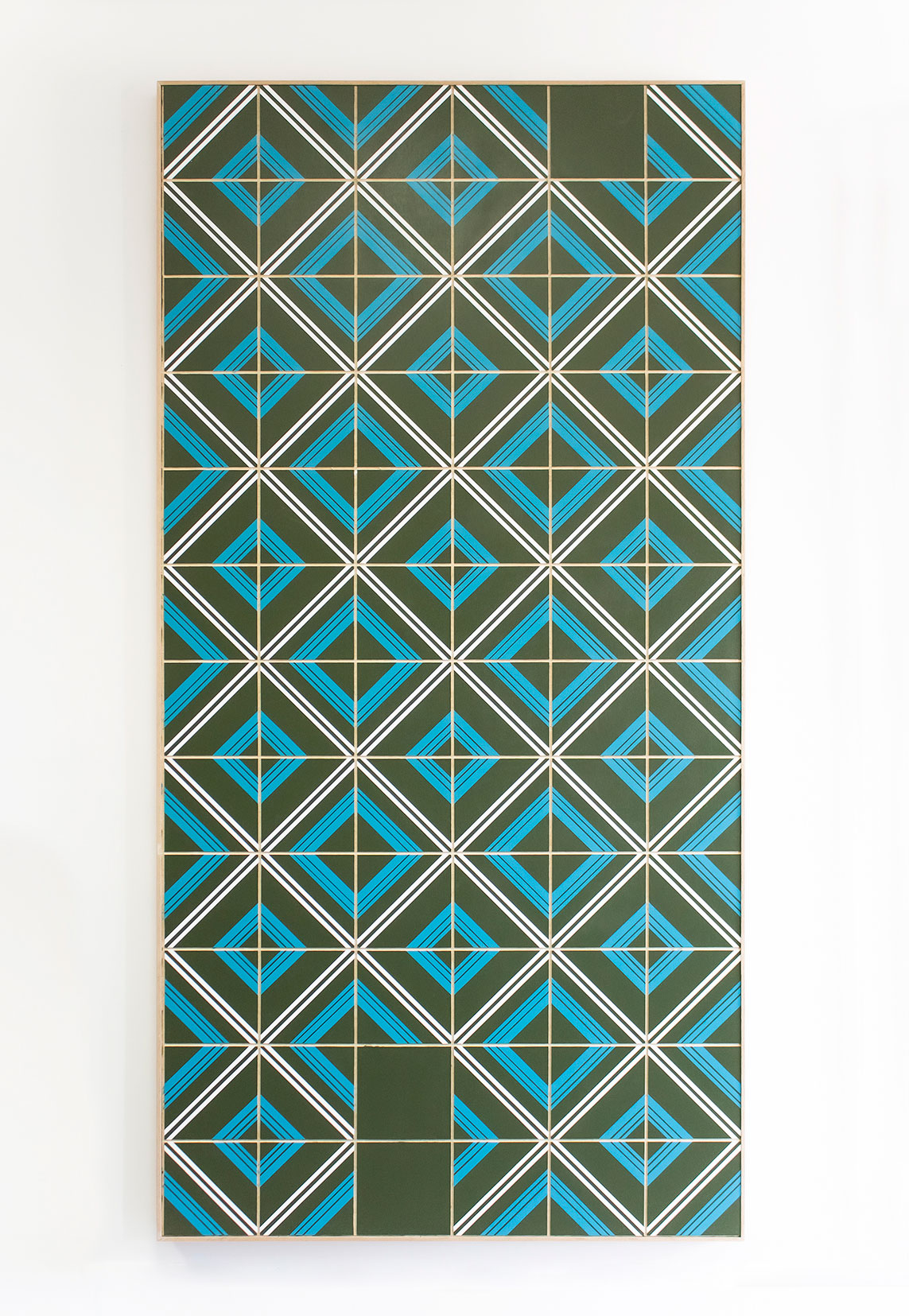Cicatrices
Marks that Remain
Cicatrices, the scars of healed wounds, are suggested in works about cyclical abuses of power, the resiliency of people, as well as signs and symbols across cultures and centuries. Works featured in Cicatrices demonstrate how personal and collective histories can yield traumas that never fully heal. Several artists in the exhibition evoke symbols and aesthetic approaches of centuries past and chart new contexts for these historic frameworks.
Artists Charo Oquet and Francisco Masó create new visual languages that re-work colonial tropes to comment on contemporary issues. Natalia Arbelaez mines both colonial and ancient forms to create dynamic ceramics. Her practice proposes a hybrid aesthetic shaped by the past, but decidedly belonging to this contemporary moment. With a new large-scale installation, Liene Bosquê evokes Inca history, mythology, and material culture. Emilio Martinez intervenes in the history art. His own immigration experience intermingles with well-known works of religious art from the pages of art history books.
Immigration figures prominently in the exhibition because being forced from one’s birth country leaves a cicatrix. Nicario Jimenez Quispe uses the retablo tradition of the Andean highlands to relate current issues, including experiences of forced migration. A popular art form, the retablos were originally used as portable altars to bring Catholicism to remote areas where churches were not built yet. With a background of gold leaf, Narsiso Martinez creates sensitive portraits of farmworkers elevating their likeness while also calling into question the complicated relationship between laborer and consumer.
Narratives of forced migration and the histories of indigenous lands and people populate the work of photographer Lisette Morales McCabe. Her photographs in the exhibition feature powerful portraits of Betty Osceola, an educator and clean water advocate, and a member of the Miccosukee Tribe of Indians of Florida.
This exhibition is organized in conversation with the Frost Art Museum’s presentation of From the Andes to the Caribbean: Art of the Spanish Americas from the Thoma Collection. The museum invites visitors to reflect on the interrelated concepts that persist across centuries of artistic production and to identify ways in which contemporary artists identify echoes of the past in their work.
Banner image: Narsiso Martinez, Golden Ripe [detail], 2020, Charcoal, gold-leaf, and cardboard mounted on stretched linen, 30 x 40 x 1 7/8 inches, On loan from Debra and Dennis Scholl, Image courtesy of the artist and Charlie James Gallery


